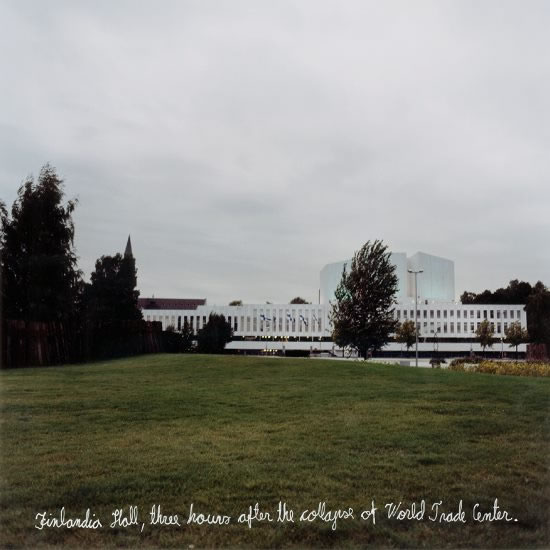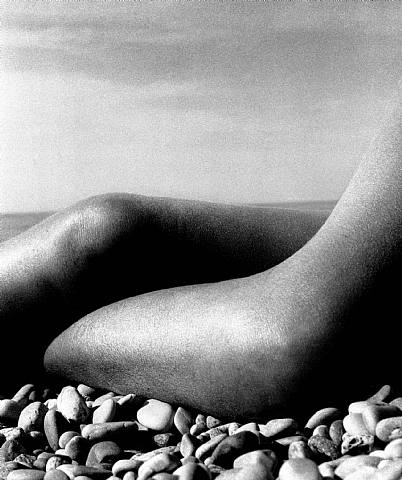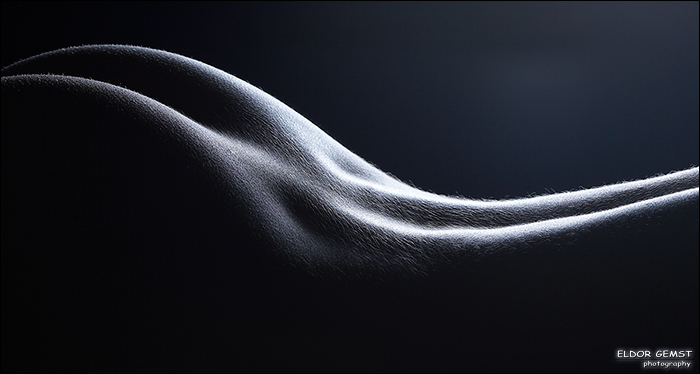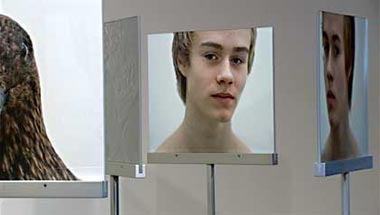
Roni Horn has a book about her ongoing project in Iceland
Weather Reports You
by Roni Horn
Pub: Steidl & Partners. Available on Amazon
- A wonderful article HERE
Brilliant set of resources including videos HERE
Jari Silomaki
You might be interested to link Roni Horn’s idea with this Finnish photographer Jari Silomaki
Some time ago, when I first saw an exhibition of Silomaki’s work I wrote the following;
Powerful resonance in yoking the subjective eye with the global event
An appreciation of the art of Finnish photographer Jari Silomaki
The Finnish photographer Jari Silomaki writes on the photographs he shows – in the exhibition I saw he wrote in white ink. He writes about the photograph he took and its context in his life and the fact that it was coincidental with some major event. Several of his arresting photographs can be seen HERE:
‘Since 2001 I have taken a landscape photograph every day. I connect these photographs to important personal and world political events…. The starting point of this work was that world events, personal events and weather will repeat themselves and merge into one continuum……. On the other hand, linking landscape and news concretises how we are in contact with world events through the media. Everything is brought up close, which also means that events that are truly nearby are no longer close.’
Jari Silomaki, photographer (Finland)
For me Silomaki, and this idea, is one of the most exciting finds in many years. The linking of the public events and the choice of a landscape brings powerfully together the subjective and the public. It’s not only about the cataclysmic such as Kennedy’s assassination or the Twin Towers attack but also anything significant on global news.
Concerning the cataclysmic I remember the Twin Towers collapse because my wife and I were in Ikea having taken an American friend. In the case of Kennedy’s assassination I was in a weight-training club above a green-grocer’s shop where the smell of the potatoes and greens from downstairs was (thankfully) just more powerful than the smell of sweat. I didn’t take those two ‘memory-photographs’, but the Ikea one I could still take, because we all remember where we stood as the sense of horror began to fill in the store. The green-grocer shop I’m sure is no more.
One of the interesting elements in Silomaki’s great idea is the sense that you get when you realize that he chose ‘this perspective’h, ‘this angle’, ‘this composition’ as the personal – with the global news circulating in that day’s consciousness. The images become impregnated with the facts both personal and public. They create, for me, an oceanic resonances drawn from time and timelessness and place and placelessness, the subjectively personal and the binding knowledge that comes from global news. Why because we see what the photographer held to be significant in the ravaging consciounes of the event. We are seeing his world with his eyes.
In seeing the world with his eyes the question is raised as to the relationship between what he frames in the photograph and the frame created by the writing. Is that a limiting aesthetic? Is it limiting because we don’t know more about the web of significances in the photographer’s environment.





